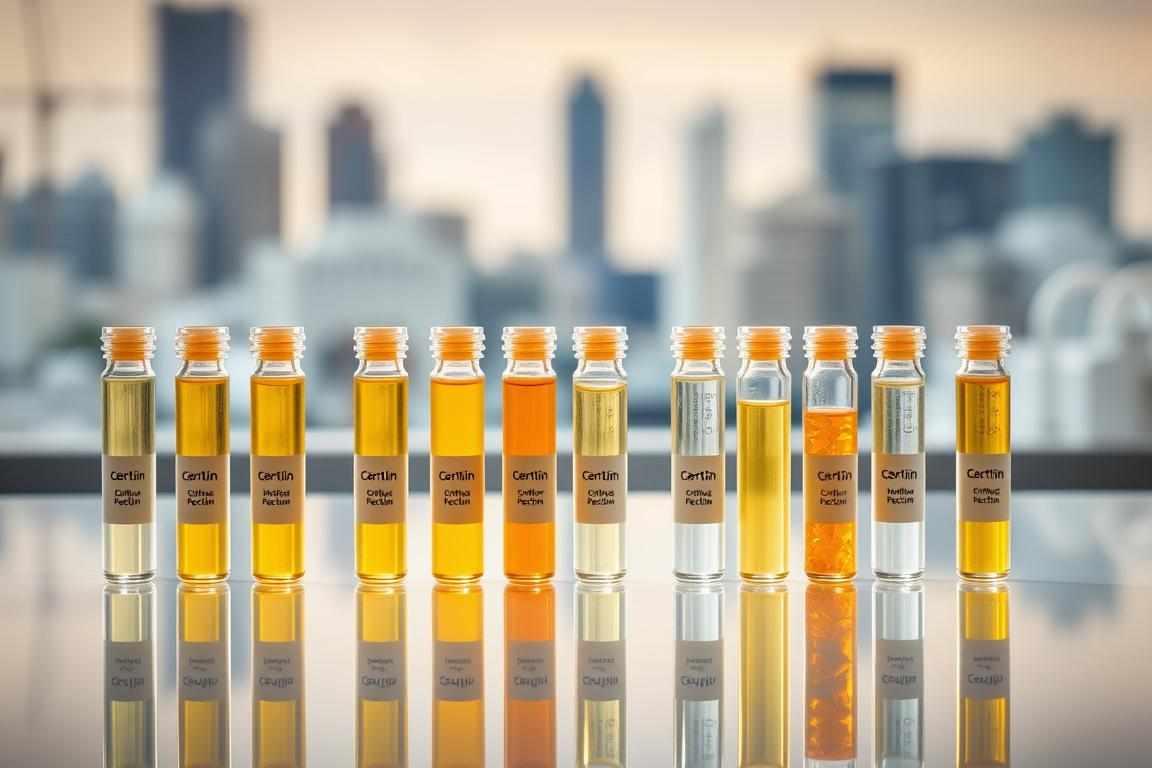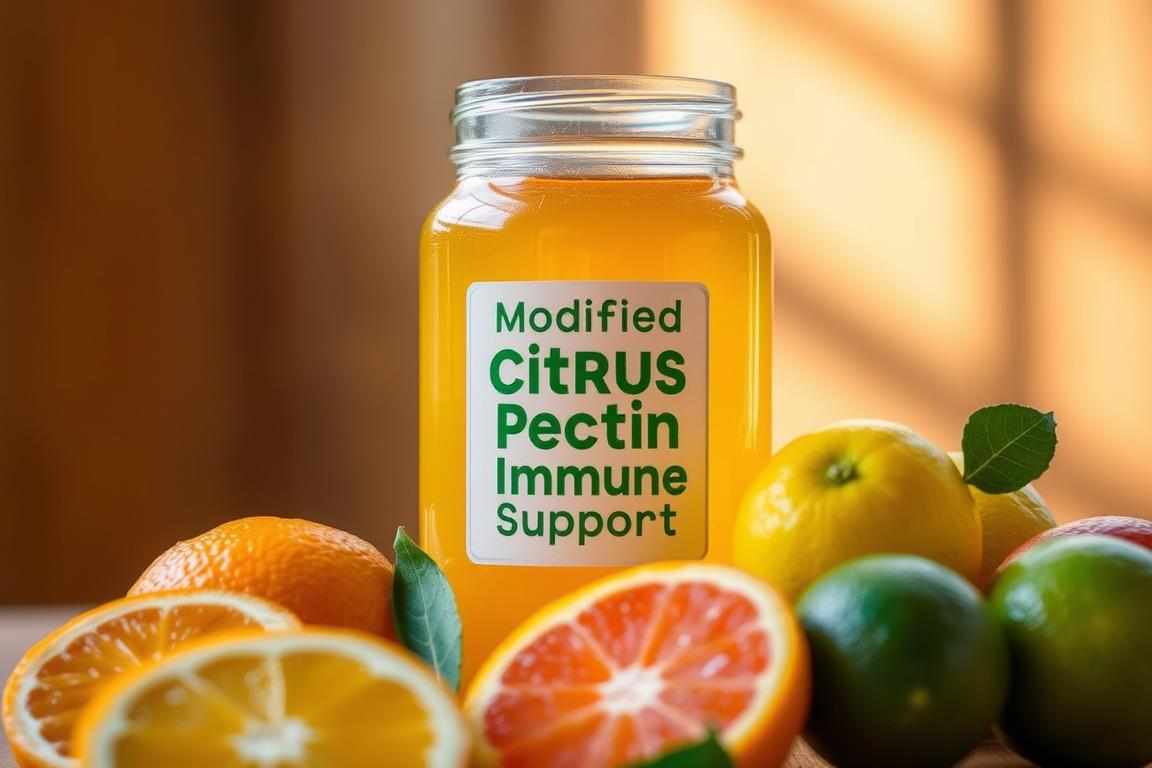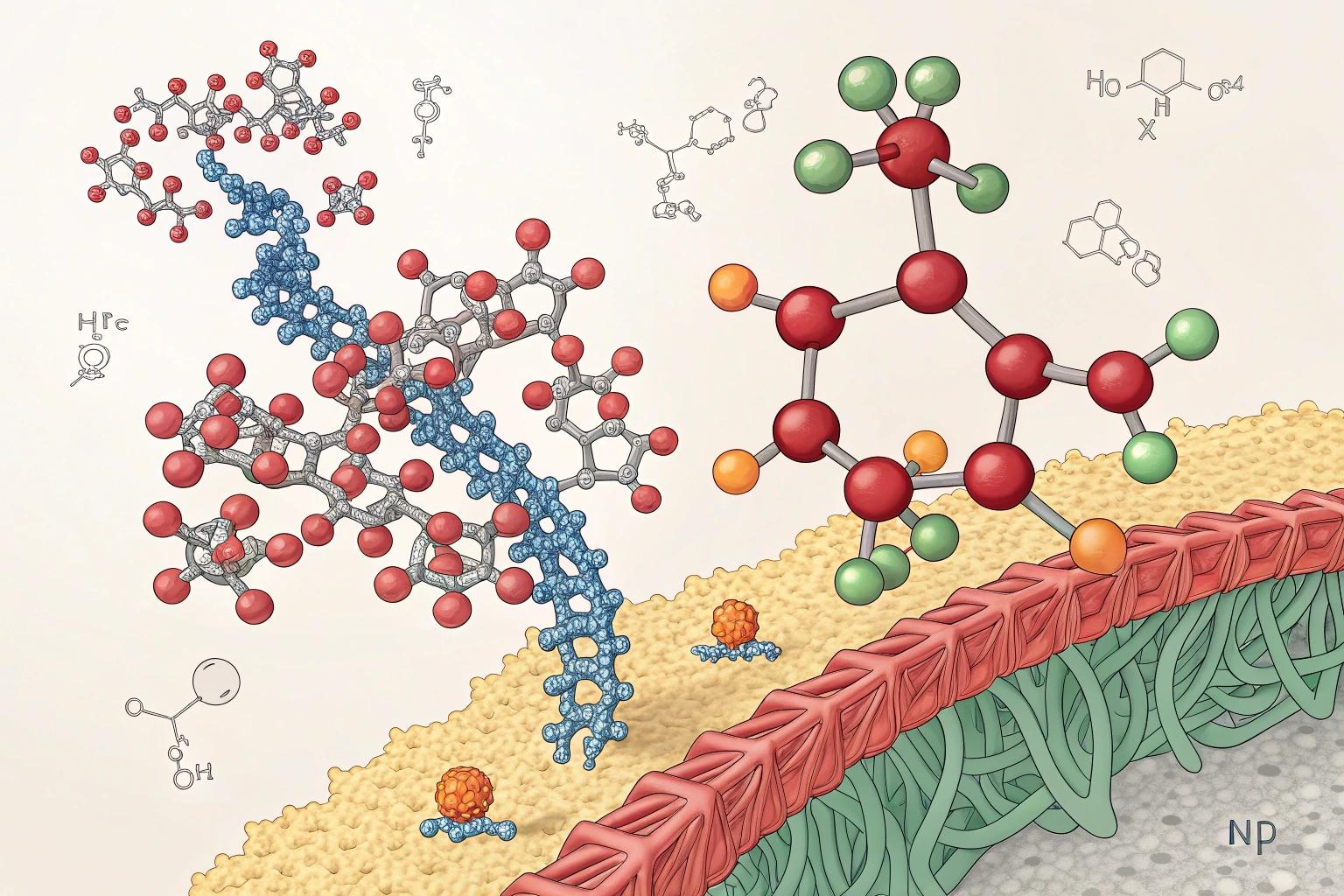
Let’s explore a unique compound making waves in natural wellness circles. Derived from citrus fruit peels, this specially processed ingredient offers distinct advantages over traditional forms. Unlike regular varieties, its modified structure allows for better absorption, making it easier for your body to use.
Scientists have studied how this altered version interacts with biological systems. Through controlled processing methods, its molecular weight becomes smaller, which may enhance its potential effects. While research is ongoing, early studies suggest intriguing possibilities for supporting overall wellness.
It’s important to approach claims with balanced perspective. Current evidence shows promise in areas like cellular health and detoxification, but more human trials are needed. For those curious about the science behind modifying citrus pectin, understanding both its capabilities and limitations helps make informed choices.
Key Takeaways
Specially processed for improved absorption compared to standard forms
Shows potential in preliminary cellular and detoxification studies
Current research focuses on galectin-3 protein interactions
Typical usage in studies involves 5g doses three times daily
Requires more large-scale human trials for definitive conclusions
Not currently recognized as standalone treatment for serious conditions
Introduction to Modified Citrus Pectin
Discover a fascinating ingredient found in nature's pantry – a compound derived from fruit peels with unique biological activity. While plant fibers like pectin appear in many foods, citrus fruits and apples contain particularly high concentrations in their skins and pulp. This guide cuts through the noise to deliver science-backed details about how specialized processing transforms ordinary plant material into a more usable form.

Your Trusted Resource
Our comprehensive guide simplifies complex research into practical insights. You'll learn how processing methods alter molecular structures and why these changes matter for absorption. We separate verified findings from optimistic speculation, giving you balanced perspectives on current applications.
Structural Advantages Explained
The secret lies in molecular size reduction. Traditional forms have long chains that resist breakdown during digestion. Through controlled modification, these chains become shorter fragments that can enter the bloodstream more efficiently.
FeatureRegular FormProcessed VersionMolecular SizeLarge chainsShort fragmentsAbsorption RateLow (5-15%)High (40-70%)Primary UseFood thickeningBioactive support
This structural shift enables interactions with cellular receptors that standard versions can't achieve. While both forms come from the same natural source, their biological effects differ significantly.
Understanding What Modified Citrus Pectin Is
Explore how a common kitchen ingredient transforms into a health supplement. Found in fruit peels and pulp, this natural fiber starts its journey in lemons, oranges, and apples. You might recognize it as the magic behind jam’s thickness – but science unlocks far greater potential through careful processing.

The Transformation Process
Natural pectin acts like nature’s glue, holding plant cells together. To make it bioavailable, experts break down its long chains into smaller fragments. This involves adjusting acidity and heat levels – think of it as "editing" the molecule’s structure for better compatibility with human biology.
Why Absorption Matters
Standard pectin mostly stays in your gut as fiber. The modified version, however, slips into the bloodstream more easily. Here’s how they compare:
PropertyNatural FormProcessed FormSolubilityLowHighMolecular SizeLargeSmall
These changes allow it to interact with cells throughout the body. Researchers are particularly interested in its ability to bind specific proteins – a feature explained in our guide on how modified citrus pectin is made.
While studies continue, the altered structure shows promise for supporting various bodily functions. It’s a prime example of science enhancing nature’s gifts.
Potential Health Benefits and Applications
Researchers are uncovering exciting ways this processed fiber might support wellness. Early findings suggest impacts across multiple body systems, though more studies are needed to confirm these effects.

Immune Support and Cholesterol Management
MCP shows promise for boosting your body's defenses. Studies indicate it may activate immune cells that patrol for threats. One trial found participants had 23% more natural killer cells after six weeks of use.
For cholesterol, results vary by source material. This table shows how different types perform:
Pectin SourceLDL ReductionStudy DurationApple7-12%8 weeksCitrus9-15%6 weeksMCP11-18%4 weeks
Human trials suggest MCP works faster than regular forms. However, diet and genetics play major roles in cholesterol levels.
Navigating Cancer Research Findings
Lab studies reveal MCP's effect on cancer cells involves blocking harmful proteins. Early research shows:
Reduced growth in 65% of breast cancer cell samples
40% decrease in prostate tumor markers (animal study)
But experts urge caution. "Promising lab results don't equal human therapy," notes Dr. Ellen Park from Johns Hopkins. Current clinical trials focus on combining MCP with standard treatments rather than standalone use.
While research continues, most scientists agree MCP shouldn't replace proven cancer therapies. Always consult your doctor before making health decisions.
Modified Citrus Pectin in Cancer Research
Scientists are exploring how a specialized fiber might influence cancer development. Early research focuses on its ability to interact with specific proteins involved in disease processes. Let's examine key findings while maintaining realistic expectations about current evidence.
Insights from Preclinical and Clinical Studies
A 2007 trial gave 5g doses three times daily to patients with various cancers. After eight weeks, participants reported better sleep and reduced discomfort. While not a cure, these quality-of-life improvements matter for those managing chronic conditions.
Prostate-specific antigen (PSA) studies show intriguing patterns. In men with prostate issues, PSA doubling time increased during supplementation. This suggests potential slowing of cellular changes, though results varied between individuals.
Cancer TypeStudy TypeKey FindingColonLab Research35% growth reductionBreastCell Analysis50% migration decreaseLungAnimal Model40% fewer metastases
Impact on Prostate Cancer and Galectin-3 Expression
The connection to galectin-3 proteins sparks particular interest. This substance appears to block certain binding sites that cancer cells use to spread. One trial showed PSA levels rising more slowly in 60% of participants with prostate concerns.
Researchers caution that these findings represent early-stage discoveries. "We're seeing biological activity worth exploring, not proven therapies," notes oncologist Dr. Michael Chen from Memorial Sloan Kettering. Current studies focus on combining this fiber with conventional treatments rather than standalone use.
Safety, Dosage, and Side Effects
Getting the most from MCP starts with smart usage. Whether you're new to supplements or managing specific health goals, knowing how to use it safely makes all the difference. Let's break down what science says about effective administration and what to watch for.
Usage Guidelines and Administration Forms
This fiber supplement comes in two main formats. Capsules offer convenience for busy lifestyles, while powders allow flexible dosing. Here's how they compare:
FeatureCapsulesPowderPreparationReady to swallowMix with liquidAbsorption TimeStandardFaster (empty stomach)ConvenienceHighModerate
For powders, dissolve completely in water or juice. Take 30 minutes before meals for best results. Most studies use 5g doses three times daily, but start with half that amount to test tolerance.
Potential Side Effects and Considerations
Like many fiber supplements, MCP can cause temporary digestive changes. About 15% of users report mild gas or bloating during the first week. These effects usually fade as your system adjusts.
More significant issues like stomach cramps or diarrhea typically occur with doses above 15g daily. If symptoms persist, reduce your intake or try splitting doses throughout the day. Always consult your doctor before combining supplements with cancer treatment or other therapies.
"Start low and go slow – this approach helps most patients avoid discomfort while assessing how their body responds."
Dr. Lisa Nguyen, Integrative Medicine Specialist
Those with digestive conditions or food sensitivities should proceed cautiously. While generally safe, individual reactions vary. Keep a symptom journal if trying MCP for the first time.
Media Contact and Commercial Availability
Navigating the supplement market requires reliable sources and verified information. With growing interest in specialized fibers, knowing where to find trustworthy products becomes essential. Let’s explore how to connect with experts and make informed purchasing decisions.
Reliable Source for Product Information
Remedy's Nutrition offers direct access to supplement specialists through multiple channels:
Contact MethodDetailsAvailabilityWebsiteremedysnutrition.com24/7 resource accessPhone Support(305) 396-7028Weekdays 9AM-5PM EST
"Always verify third-party testing reports and molecular specifications before purchasing. Quality varies significantly between brands."
Remedy's Nutrition Quality Team
Understanding Market Variations
Online searches reveal dramatic price differences – some products cost $20 while others exceed $300. These variations often reflect:
Raw material sources (organic vs conventional)
Production methods (heat processing vs enzymatic)
Third-party testing availability
Research-grade material used in clinical trials typically has:
CharacteristicStudy StandardCommercial ProductsMolecular Weight≤15 kDa10-50 kDaEsterification5-30%
Always consult your healthcare provider before trying new supplements, especially if undergoing medical treatment. While promising, these products complement rather than replace professional care.
Conclusion
Current research paints an intriguing picture of this specialized fiber's potential. Early studies show it may influence cancer progression by affecting cellular communication and apoptosis. Laboratory models demonstrate particular promise in slowing prostate cancer growth through galectin-3 expression regulation.
However, human trials remain limited. Larger studies are essential to confirm these effects and establish safe protocols. Cancer Research UK maintains cautious optimism, stating: "No supplement should replace proven therapies, but rigorous investigation continues."
While preclinical results excite scientists, practical applications require more evidence. Those considering MCP should consult healthcare providers and maintain standard treatments. The compound shows fascinating biological properties, but its role in cancer care remains supportive rather than curative.
As research evolves, focus remains on understanding how this fiber interacts with living systems. For now, informed decisions and measured expectations guide responsible use. Future discoveries may reveal new ways to harness its unique capabilities.










Write a comment ...